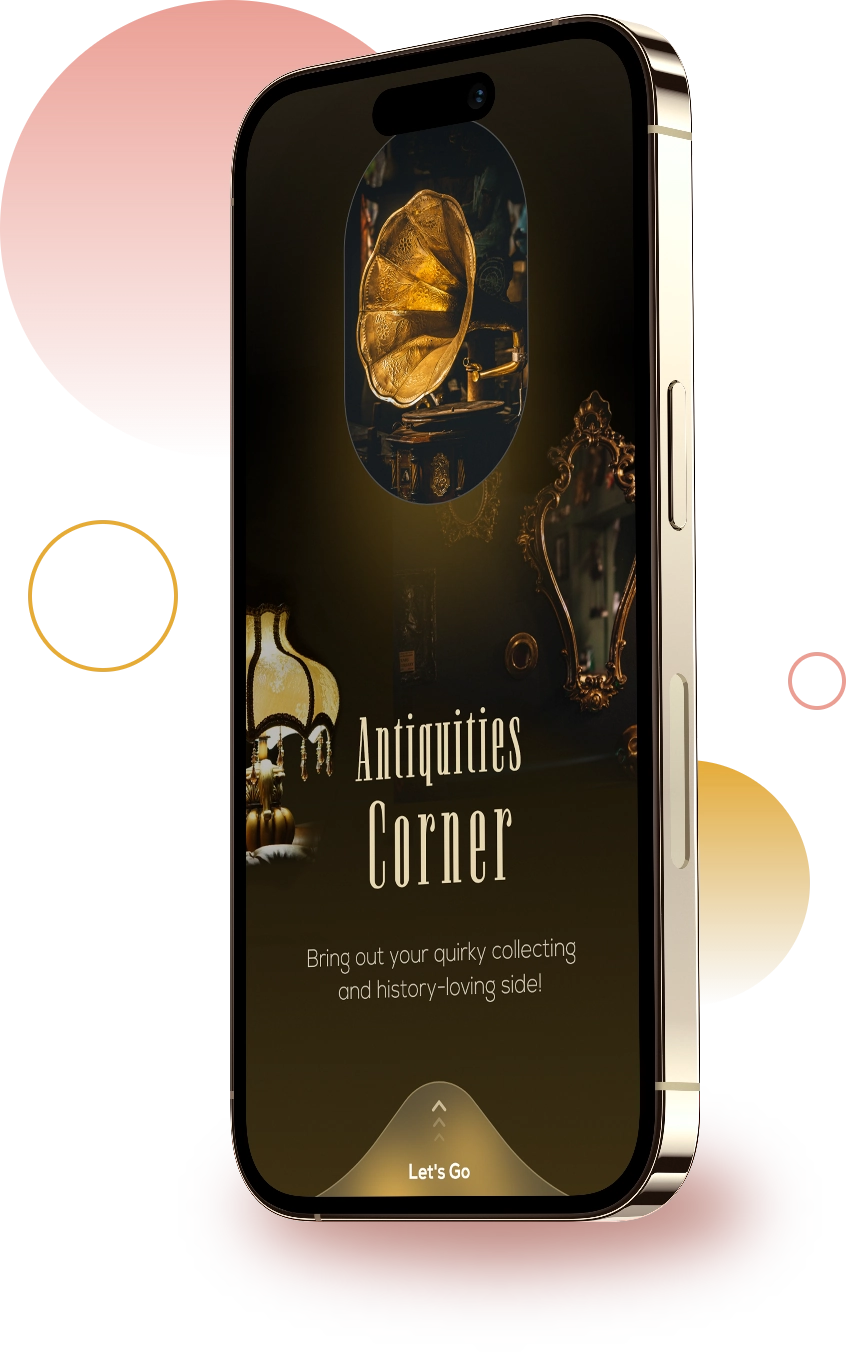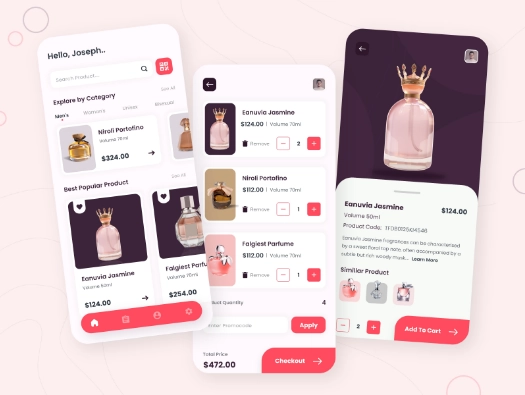
i
With more than 2000+ projects under our belt and more than 15+ years of extensive experience, we are a monument to consistent quality in Kuwait's app development market. Our committed group of more than 240+ experts combines the finest in iOS and Android development to meet the complex requirements of startups and enterprises. Being a leading mobile app development firm in Kuwait, we take great satisfaction in developing apps that are not only useful but also serve as innovation hubs for the Middle East. Although our agency works in 46+ countries, we are still committed to providing Kuwait's sectors with mobile app solutions that are exceptional in terms of both design and usability. Employing our Kuwaiti developers allows you to benefit from both local expertise and a global viewpoint.
Projects
Years of Experience
Professionals
Countries Worldwide

Our commitment to delivering quality and innovation makes our Android app development in Kuwait stand out in the IT industry. With a leading app development company, you can get end-to-end services from scratch with distinctive features as per your business needs. We ensure apps are optimized and scalable hence improving user engagement. Because of their extensive understanding of the Android platform and Kuwait's unique digital landscape, our developers create apps that are not only practical but also set industry standards.
Explore Now

Having the appropriate app development team on your side can make all the difference in Kuwait's ever-changing digital landscape. Our seasoned developers are adept at creating custom mobile solutions that appeal to your target demographic and perfectly encapsulate your brand. We have the know-how to realize your idea, whether you require a native Android or iOS app or want the flexibility of cross-platform apps using Flutter or React Native. By working with our Kuwaiti app developers, you become a member of a collaboration dedicated to quality and creativity in the mobile app market.
We use a strategic and cooperative approach. We collaborate with you to determine your company's requirements, comprehend the difficulties facing your sector, and create a mobile app plan that supports your objectives. From enterprise app development that streamlines operations to consumer apps that engage and delight, our developers are dedicated to your success. Let's build the future of mobile apps in Kuwait together, with solutions that drive growth, engagement, and digital transformation.
Hire DevelopersJoin us and harness the experience of Kuwait's top mobile app developers. We are innovators influencing the mobile app market, not merely developers. To develop Android and iOS apps, our company creates personalized apps that are ready to enter the Kuwaiti market with outstanding performance post-deployment. These services include state-of-the-art app design, agile development methodologies, and continuous maintenance.
Our collaboration philosophy is based on comprehending your particular company requirements and converting them into practical, industry-leading mobile solutions. In Kuwait's booming industries, we create apps that stimulate business, engage users, and serve as examples of digital excellence. By utilizing our experience, you're picking a route of innovation and growth, ensuring your mobile app is a beacon of your business's success in the digital realm.
Become a Partner
Our mobile app development firm in Kuwait is a cornerstone of innovation and technical expertise in the quickly changing B2B market. Our custom iOS and Android app solutions revolutionize corporate processes by facilitating smooth communication and transactions. Using the newest mobile technology, our team of talented developers and designers collaborates with you to produce applications that reflect your company's values.
Our mobile apps are made to address the particular opportunities and constraints found in Kuwait's commercial sectors, from expediting enterprise procedures to enabling company management while on the road. Join forces with us to discover how innovative technology and astute business sense may work together to elevate your business-to-business (B2B) operations to new levels of digital success.


Our mobile app development services take online shopping to the next level in the well-known flourishing eCommerce market of Kuwait. Our applications have advanced security protocols followed, user-friendly interfaces and a variety of integrated features that enhance the experience of your target users. We help businesses capitalize the potential of m-commerce with features like augmented reality for shopping and AI chatbots for user queries and multi-channel integration. Work with us and choose the right solution that keep your business updated with the latest trends and set benchmark for Kuwait's e-commerce sector.
Dive Into More
Tell us about your project’s current stage and specific needs.
We will identify and recommend developers from our in-house talent pool.
Interview developers to assess skills and project fit.
Schedule a kickoff meeting and begin SCRUM-based execution.
Collaborate with CMARIX, a top mobile app development company in Kuwait, to confidently navigate the country's app development landscape, where creative design combines with our assurance of 100% confidentiality and on-time delivery to produce remarkable mobile experiences.
100% Confidentiality with NDA
Awarded Best Web And App Development Company
Quality Assurance And On Time Delivery
Professional IT Infrastructure
Highly Skilled And Certified Resources
Cost-Effective Pricing
Excellent Customer Support
Here are the technologies and tools we use for delivering software solutions that accelerate digital transformation.
Get the answers you’re looking for below, and contact us if you need more specific support.
Your unique concepts will be crafted into a remarkable end result by our team.